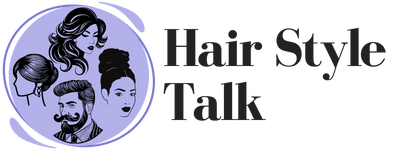Big hair, bold choices, and the kind of rebellion that didn’t need a leather jacket—hairstyles have always been a way for teenagers to push the boundaries. But some of the looks that once ruled high school hallways didn’t just turn heads—they caused full-blown debates. Teachers disapproved, parents panicked, and school dress codes were rewritten overnight.
From sky-high bouffants that defied gravity to shaggy mops that made authority figures sweat, certain styles weren’t just trends—they were statements. A little too wild, a little too different, and suddenly, a haircut could get you detention. Who knew a few extra inches of hair could ruffle so many feathers?
Let’s take a trip through time and revisit the high school hairstyles that had administrators clutching their rulebooks. Some were banned, others sparked national debates, but all of them prove one thing—teenagers have always known how to shake things up.
The Beehive
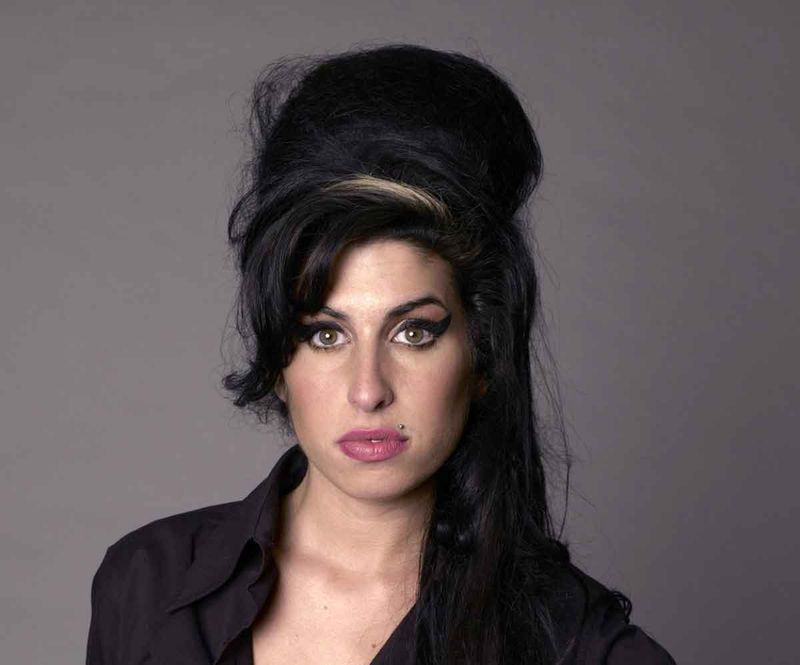
The Beehive was a towering presence in the 1960s. This hairstyle involved meticulous teasing and plenty of hairspray to maintain its height and volume.
It was both a fashion statement and a subject of controversy due to its impracticality and the amount of time required for styling. Many schools even considered banning it, viewing it as a distraction.
Numerous teachers argued it blocked the view during class, while some parents deemed it too extravagant for young girls. Despite this, the Beehive’s allure persisted, marking an era with its distinctive charm.
The Mullet
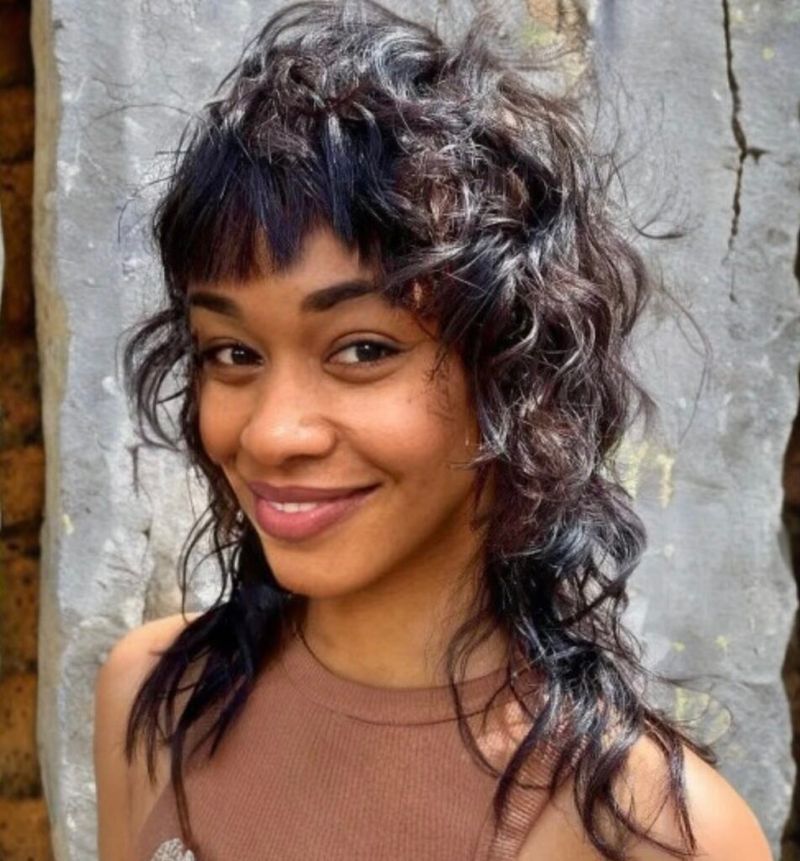
Business in the front, party in the back—the mullet had its heyday in the 1980s. This hairstyle was adored by rock stars and rebellious teens alike. It was divisive, earning both love and disdain in equal measure.
Critics labeled it unkempt and unsuitable for formal settings such as schools. Despite the divisive opinions, it became a symbol of defiance and individuality among high schoolers. Parents and teachers often found themselves in arguments with teenagers who saw the mullet as a badge of honor. It remains a nostalgic icon of a bold era.
Crimped Hair

Crimped hair was all the rage in the 1990s, celebrated for its textured, playful look. Achieved using special irons, this style was a hit among high school girls. However, the excessive heat involved in crimping led to concerns about hair damage.
Some schools cautioned against frequent styling to prevent students from ruining their hair. Despite health warnings, the trend persisted, driven by celebrities who sported the look on TV shows and music videos.
Crimped hair offered a fun, quirky way to stand out, making it a lasting memory for those who dared to crimp.
The Rachel
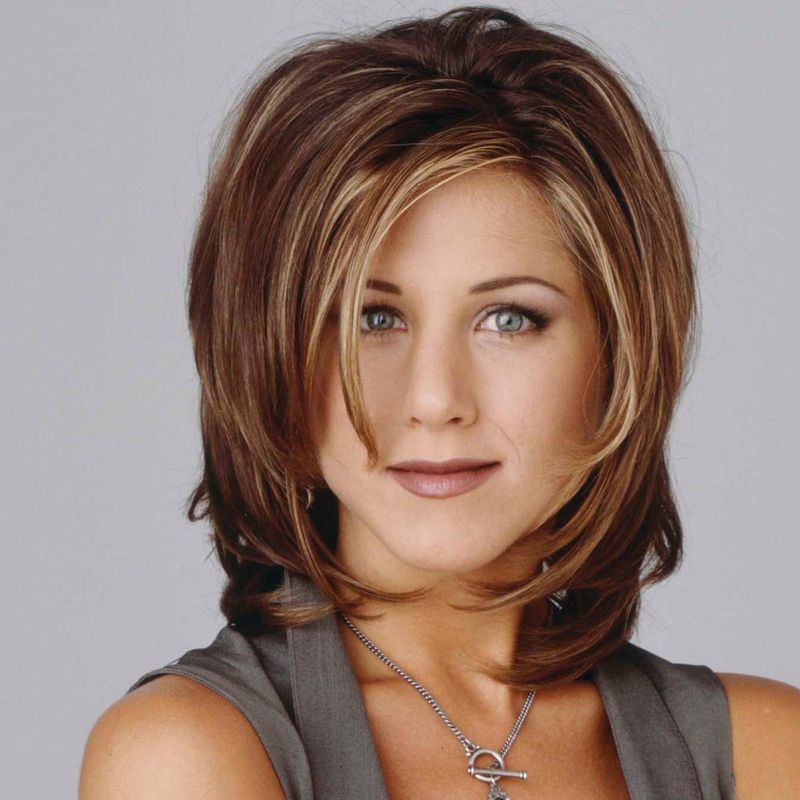
Inspired by Jennifer Aniston’s character on ‘Friends’, ‘The Rachel’ was the must-have hairstyle of the 1990s. Its layered, face-framing look was both stylish and hard to maintain, causing much salon chatter.
High school girls flocked to hairdressers, eager to replicate the celebrity style. However, the upkeep was often more challenging than anticipated, sparking frustration among teens and parents alike.
Many schools saw an increase in tardiness as students spent extra time perfecting their hair. Despite the challenges, ‘The Rachel’ remained a beloved style, symbolizing the influence of pop culture on fashion.
Liberty Spikes
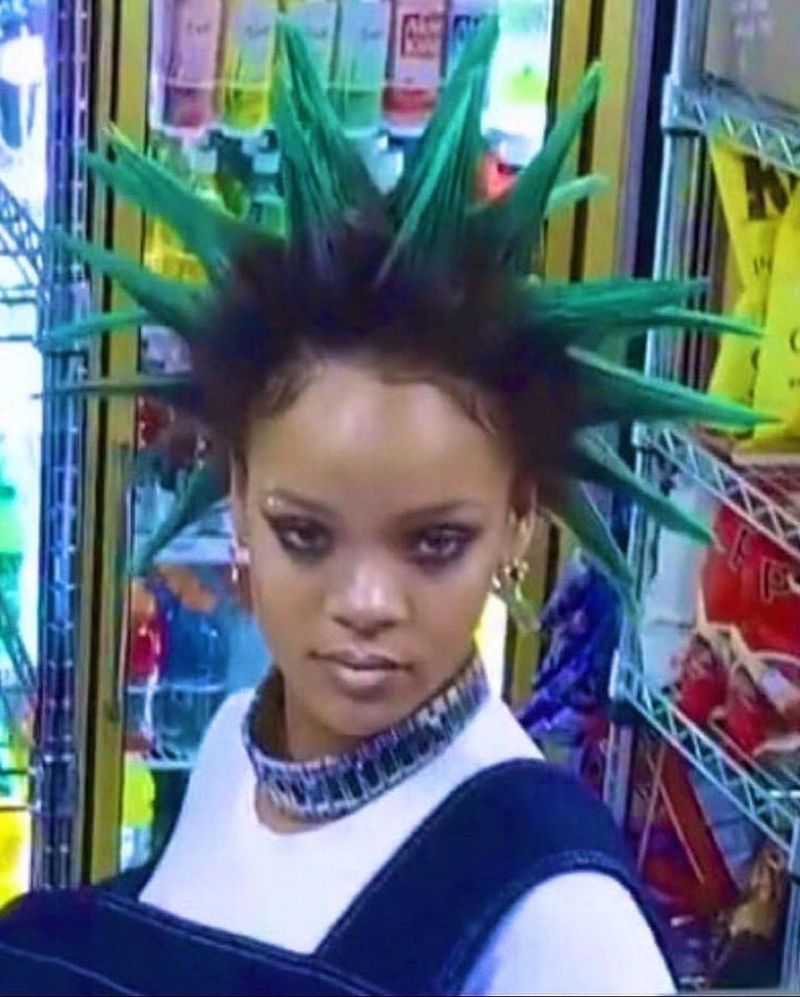
Liberty spikes brought the punk rock vibe directly to high school campuses. This dramatic hairstyle involved gelling hair into sharp, upright spikes, often dyed in vibrant colors. It was a rebellious statement against conformity, attracting attention both positive and negative.
School administrations frequently clashed with students over the spikes, citing them as distractions and potential safety hazards.
Despite institutional resistance, these spikes became a badge of individuality for punk enthusiasts. For many, it was less about fashion and more about a lifestyle, fostering a sense of community among like-minded students.
Mohawk
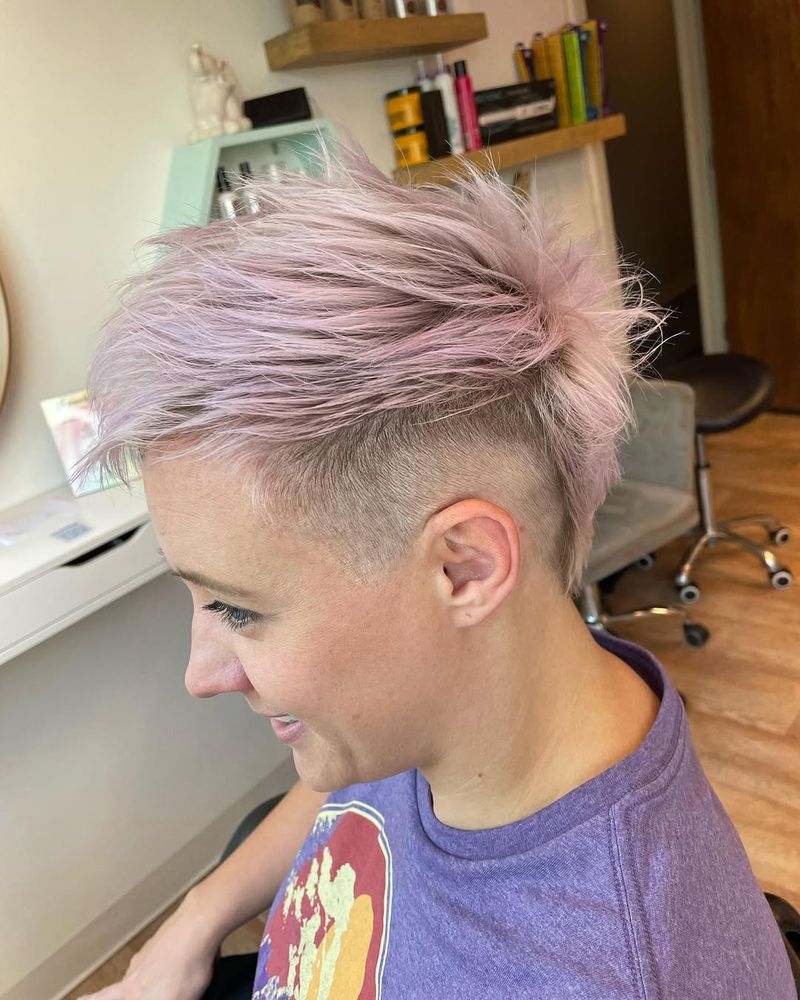
The Mohawk has long been a symbol of rebellion, and during the 1980s and 1990s, it was especially controversial in high schools.
Characterized by a shaved head with a strip of longer hair running down the center, it was often dyed in bright hues. It was seen as a bold declaration of individuality, much to the dismay of many school officials.
They viewed it as disruptive to the learning environment. Despite this, the Mohawk became a form of self-expression, embraced by those wanting to stand out and challenge the status quo.
Feathered Hair

Feathered hair, popularized in the 1970s, was the epitome of sleek, coiffed style. This look featured hair brushed back to create a feather-like effect on both sides of the head
. While it was considered glamorous and chic, some found the style overly elaborate for school settings. Teachers sometimes criticized it for being too distracting in class.
Yet, the feathered look was adored by many, symbolizing the free spirit of the era. Whether at prom or in daily life, feathered hair left a lasting impression, captivating those who embraced its breezy elegance.
Jheri Curl
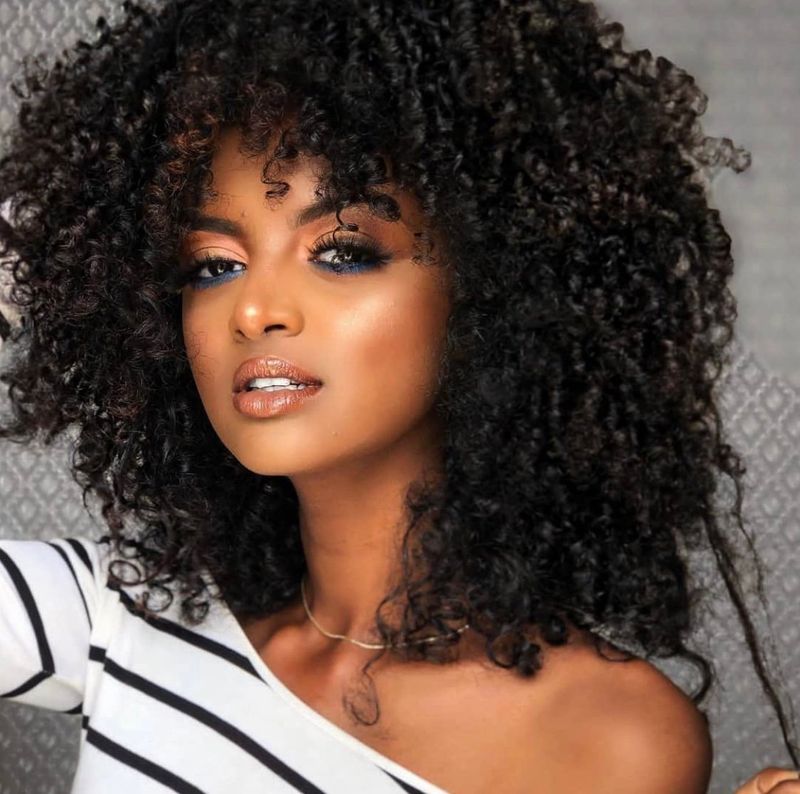
The Jheri curl was a defining hairstyle of the 1980s, characterized by its glossy, curly finish. While it offered a soft, appealing look, the maintenance was both time-consuming and costly.
The style required frequent application of activator spray to maintain its distinctive shine, leading to concerns about chemical use among young people.
Many schools faced challenges with students leaving residue on school furniture. Despite these issues, the Jheri curl was celebrated for allowing natural hair to be styled in a fashion-forward way, making it a popular choice for students eager to embrace their roots.
High Top Fade
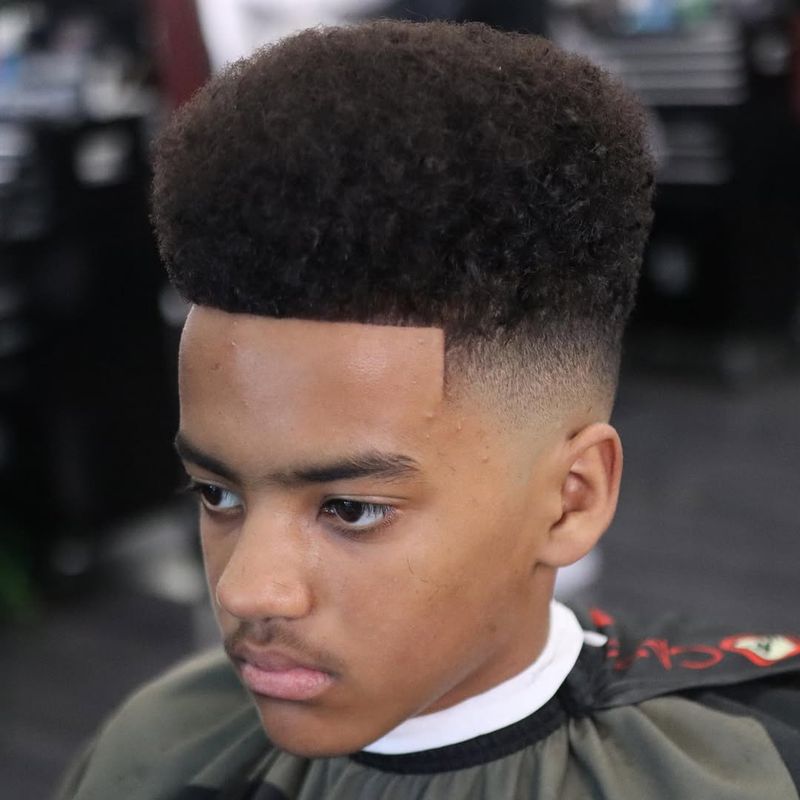
The high top fade reached its peak in popularity during the late 1980s and early 1990s. This haircut, characterized by short sides and a tall, flat top, was particularly favored by young African American men.
It symbolized cultural pride and was popularized by celebrities in music and sports. However, some schools viewed it skeptically, claiming it violated dress codes due to its exaggerated height.
Despite this, the high top became a beloved style, representing a blend of creativity and cultural expression. It was more than a haircut; it was a statement of identity and pride.
Frosted Tips
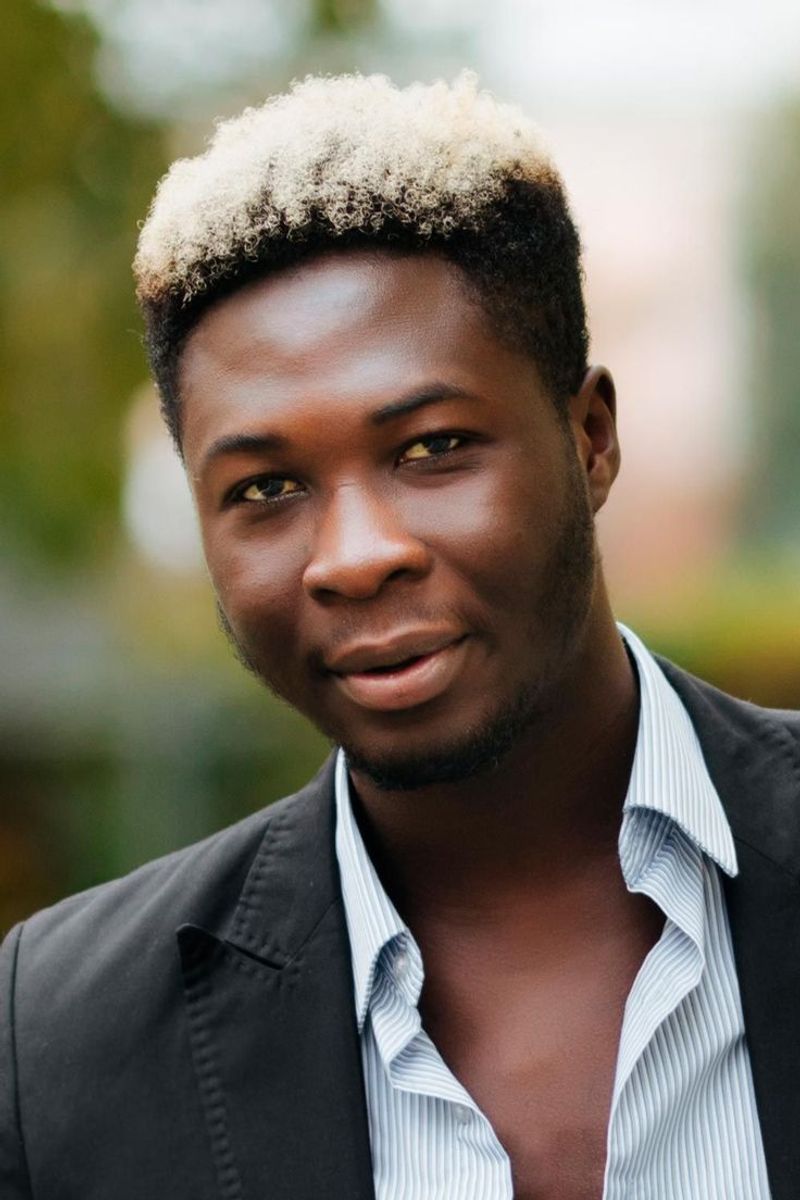
Frosted tips were a hallmark of 90s and early 2000s youth culture. This hairstyle involved bleaching the tips of hair strands to create a striking contrast. While many teens found this look trendy and cool, some parents and schools disagreed.
They argued that the drastic color change was too radical for a school environment. Despite the pushback, frosted tips continued to thrive, symbolizing a carefree, adventurous spirit.
The style was easy enough for teens to do at home, adding to its appeal. It became a fun, rebellious way to experiment with personal style.
The Shag
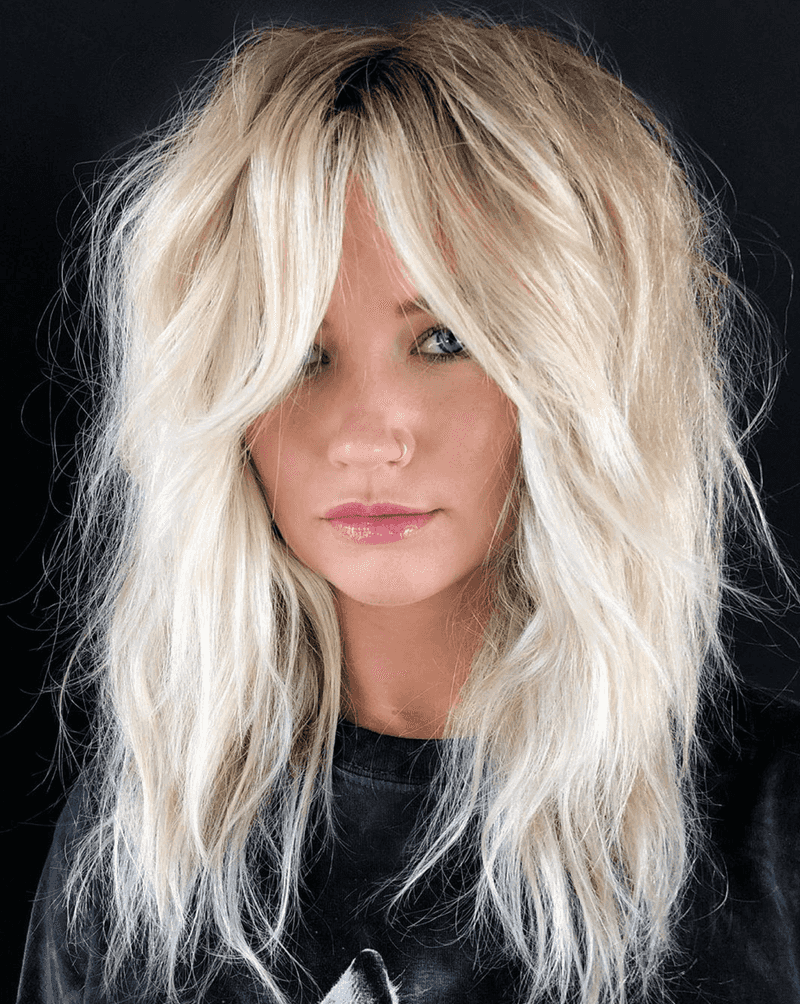
The shag haircut, popular in the 1970s, exuded a relaxed, unstructured vibe. This layered hairstyle offered versatility and ease, allowing for natural movement. Its unkempt appearance, however, drew mixed reactions, especially in more conservative school environments.
Some viewed it as too casual or messy for everyday wear. Despite these perceptions, the shag thrived as a symbol of nonconformity and ease.
Celebrities who wore the shag further fueled its popularity, encouraging teens to embrace the carefree style. It was a testament to the era’s push against rigid fashion norms, celebrating individuality.
Cornrows
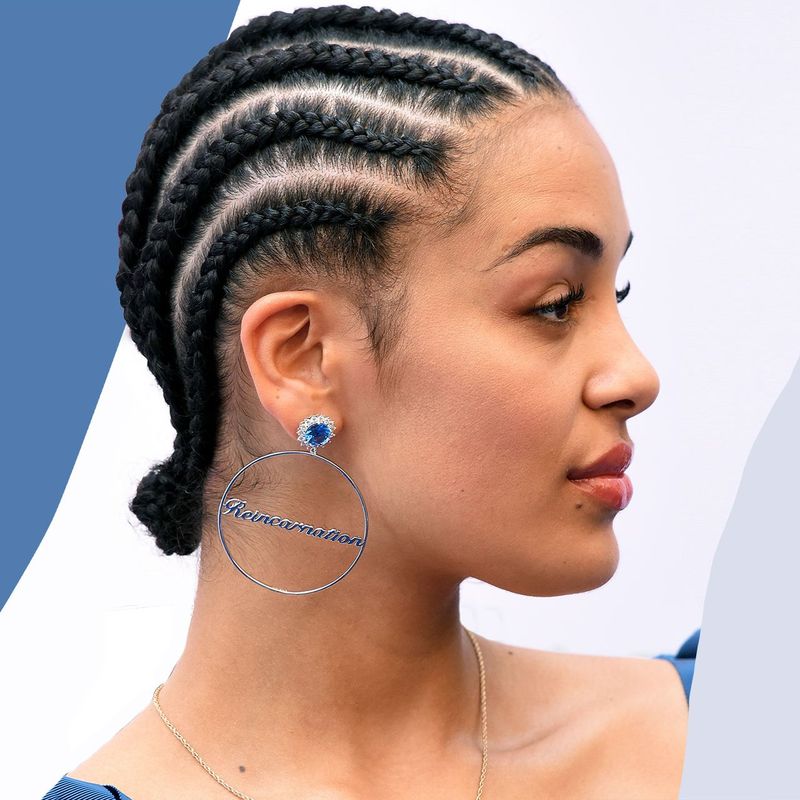
Cornrows are a traditional African hairstyle that gained widespread popularity in the 1990s and 2000s. This intricate style involves braiding hair close to the scalp in straight lines or complex patterns.
While it celebrated cultural heritage, some schools viewed it as a distraction or deemed it against dress codes. This sparked debates about cultural expression and acceptance within educational environments.
Despite the controversy, cornrows remained a powerful symbol of identity and empowerment for many students. They offered a way to connect with cultural roots while showcasing a unique sense of style.
Bowl Cut
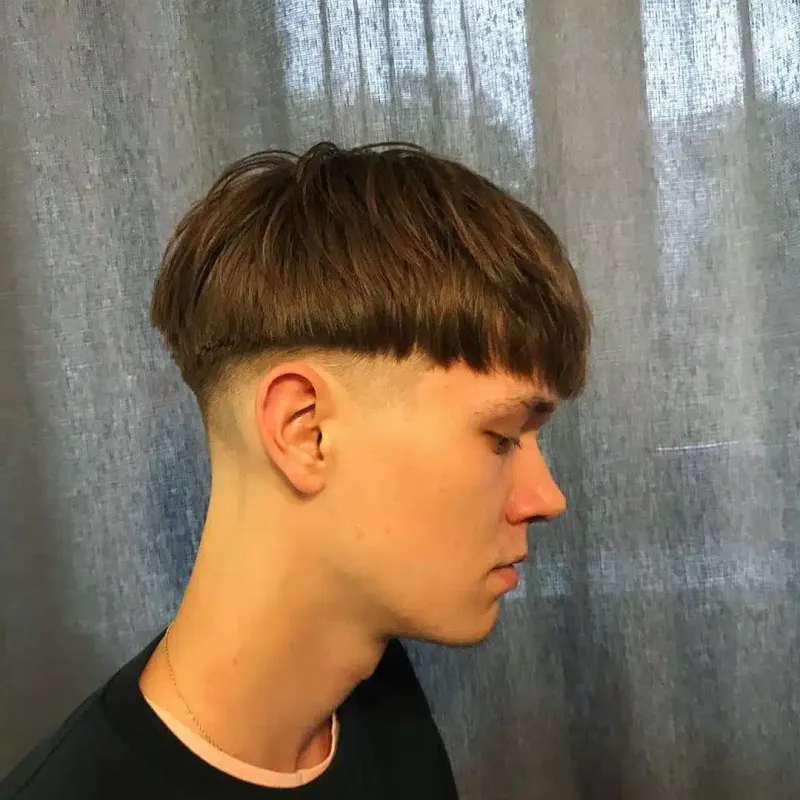
The Bowl Cut, synonymous with the 1990s, was both beloved and ridiculed. Its defining straight cut around the head made it an easy, albeit divisive, style choice for many. Critics often labeled it as too simplistic or childish, while some parents appreciated its low maintenance.
Despite mixed reviews, the bowl cut found its place in high school hallways. It was a favorite among those seeking simplicity without sacrificing style.
The hairstyle’s straightforward, no-fuss appeal spoke to an era of minimalism, making it a nostalgic memory for those who sported the look.
Perm
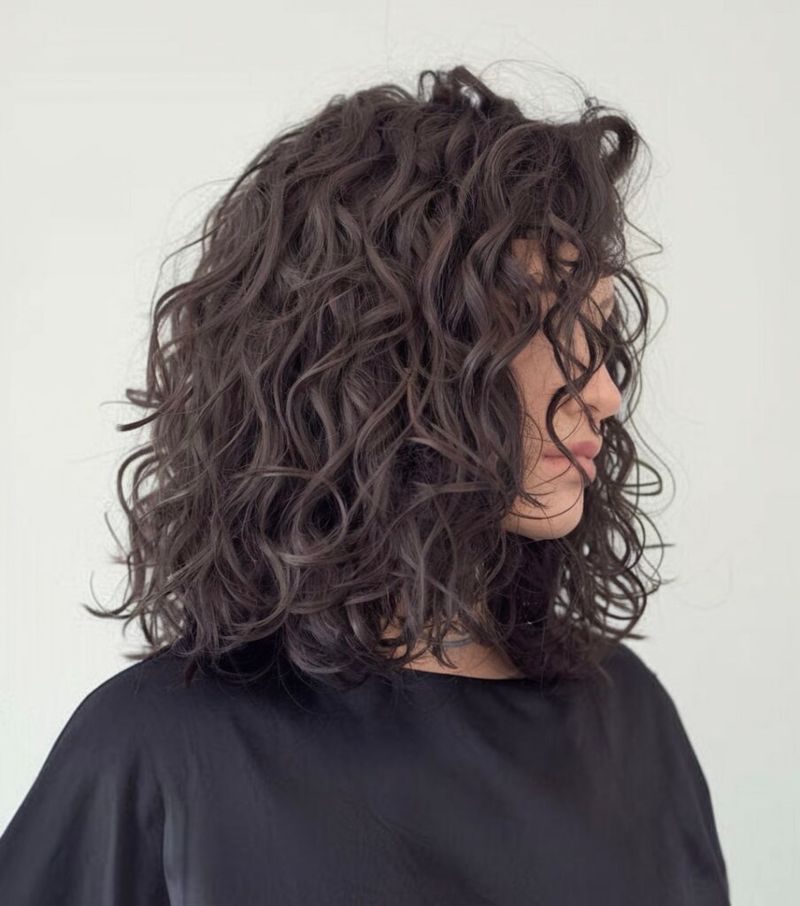
Perms became a popular way to achieve curly hair in the 1980s. This chemical treatment allowed straight hair to be transformed into lively curls or waves. However, the harsh chemicals used in perms raised concerns about hair damage, especially among young people.
Some schools went as far as discouraging the style for fear of students suffering long-term hair issues. Despite these concerns, perms offered a way to experiment with texture and volume, leading many to embrace the trend wholeheartedly.
It provided a dramatic change in appearance, which many found empowering and exciting.
Ducktail
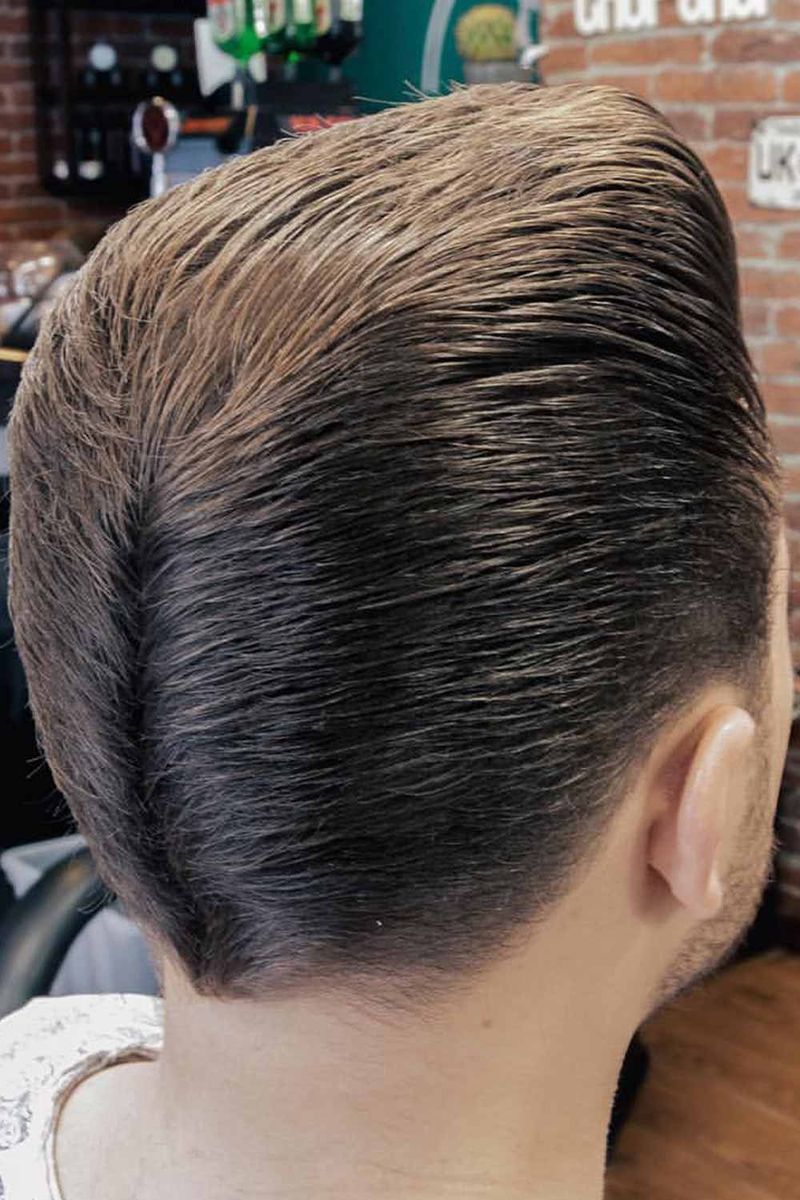
The Ducktail, or D.A. (Duck’s Ass), was a popular hairstyle among rebellious youth in the 1950s. It involved slicking the hair back on both sides to form a point at the back, resembling a duck’s tail.
This style was associated with the rock ‘n roll culture and was often frowned upon by school authorities who viewed it as a sign of rebellion.
Despite its controversial nature, the ducktail became a cultural staple for those wanting to break away from conservative norms. It symbolized the spirit of youthful defiance and freedom.
Pixie Cut
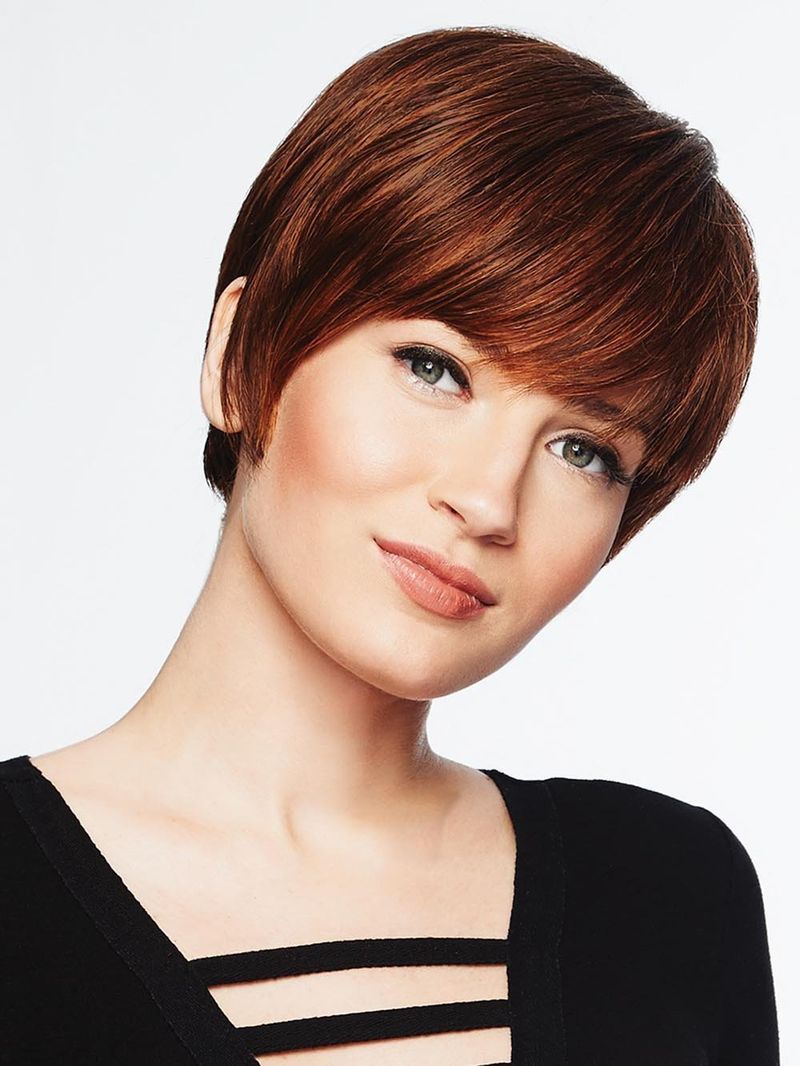
The Pixie Cut, characterized by its short length and edgy appearance, rose to fame in the 1960s. While it offered a chic, modern look, it was considered radical for high school girls who traditionally wore longer styles.
Some parents and educators viewed it as a break from feminine norms, sparking debates about acceptable grooming standards. Despite the initial resistance, the pixie cut empowered many young women, offering a bold way to express independence and confidence.
The style’s androgynous appeal continued to inspire, proving that less can indeed be more in fashion.
Rattail
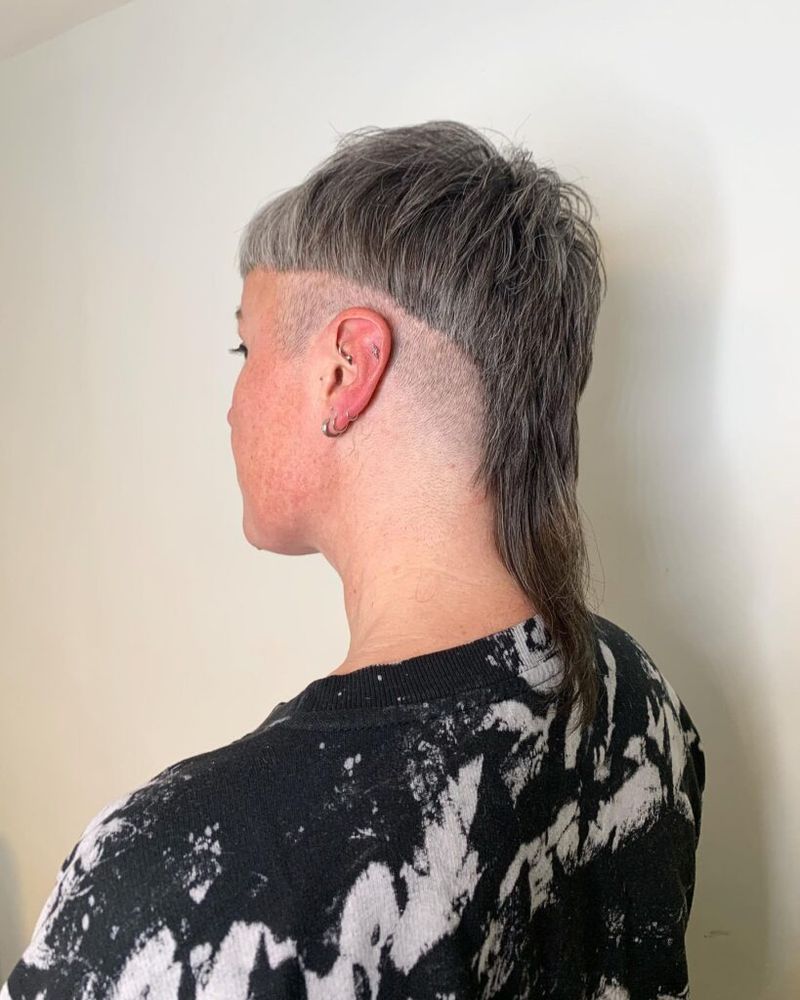
The Rattail, a small section of longer hair at the nape, gained attention in the 1980s and 1990s. It was a subtle yet distinctive choice that often divided opinions. Some saw it as a quirky personal touch, while others found it unkempt. Schools occasionally challenged the rattail, citing it as unconventional and distracting. Despite mixed opinions, the rattail’s appeal lay in its uniqueness and the freedom it represented. It was a testament to personal choice and creativity, allowing students to experiment with their look in a minimal yet noticeable way.
Victory Rolls
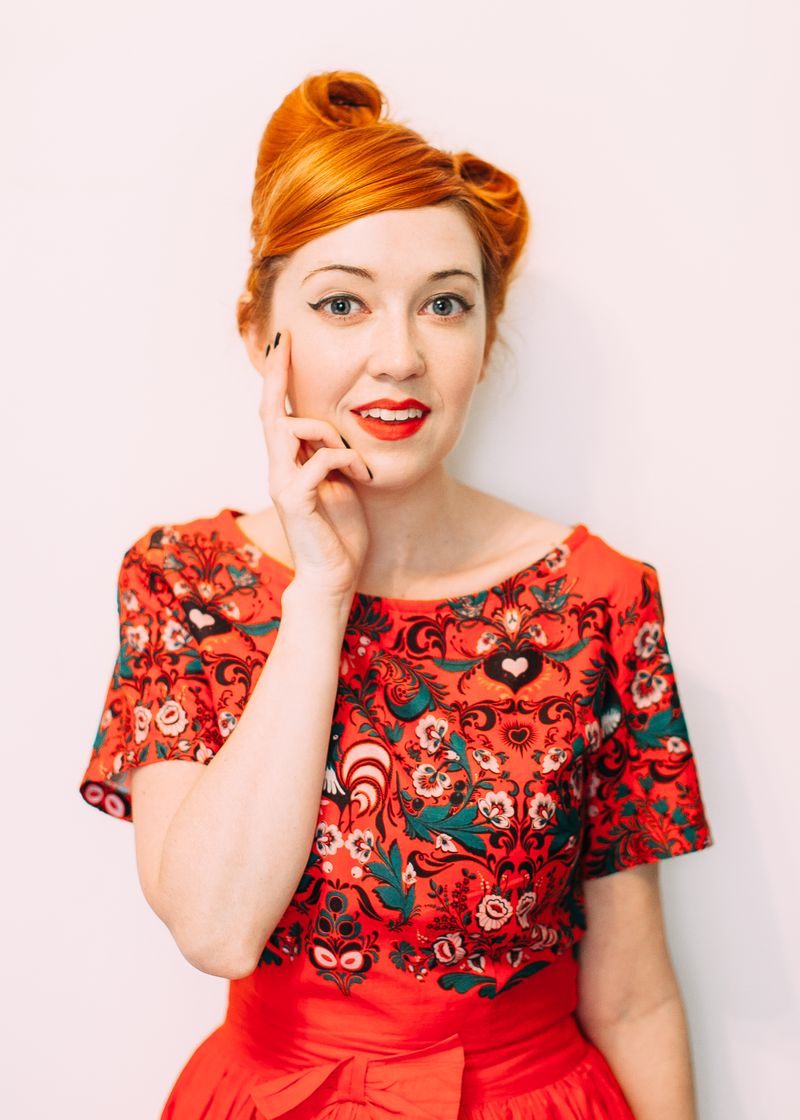
Victory Rolls emerged in the 1940s as a symbol of patriotism and glamour. This intricate hairstyle involved rolling sections of hair into loops on the crown of the head. Popular among high school girls during wartime, it was both fashionable and functional.
However, some considered it too sophisticated for everyday wear. The time required to achieve the perfect roll often led to debates about practicality in school settings.
Nevertheless, victory rolls became an iconic style, celebrating femininity and strength. The hairstyle remains a cherished nod to a bygone era of elegance and resilience.
Bantu Knots
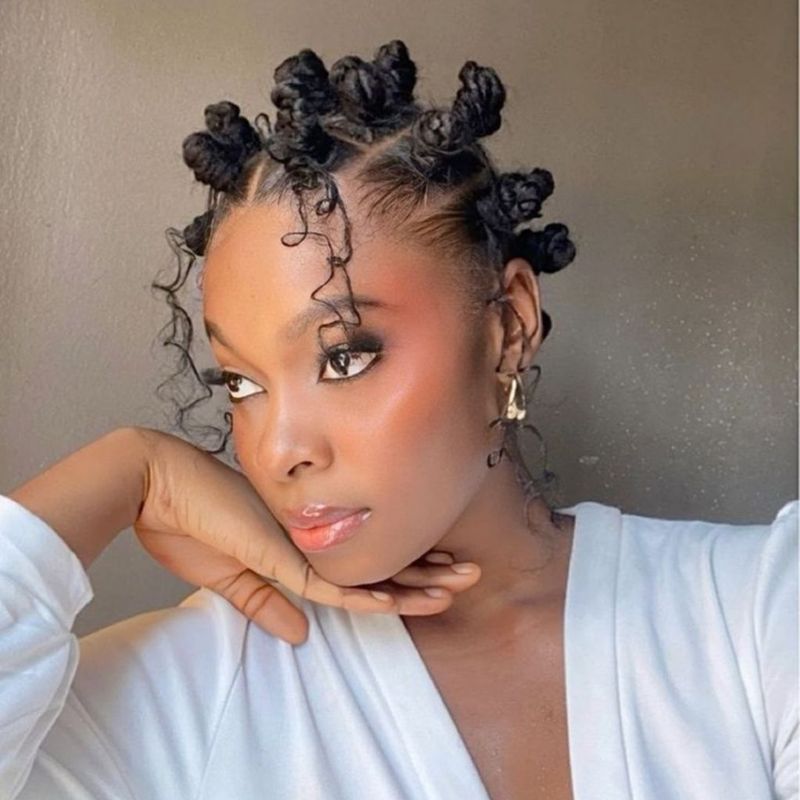
Bantu knots are a traditional African hairstyle involving sectioning and twisting hair into small coiled buns. Popularized in the 1990s, this style celebrated cultural heritage and creativity.
While admired for their intricate beauty, some schools targeted Bantu knots as a distraction or violation of dress codes, sparking discussions about cultural bias in grooming standards.
Despite these challenges, Bantu knots endured as a proud expression of identity and artistry. They offered students a way to embrace their cultural roots while showcasing a unique and eye-catching look, fostering pride and confidence.
